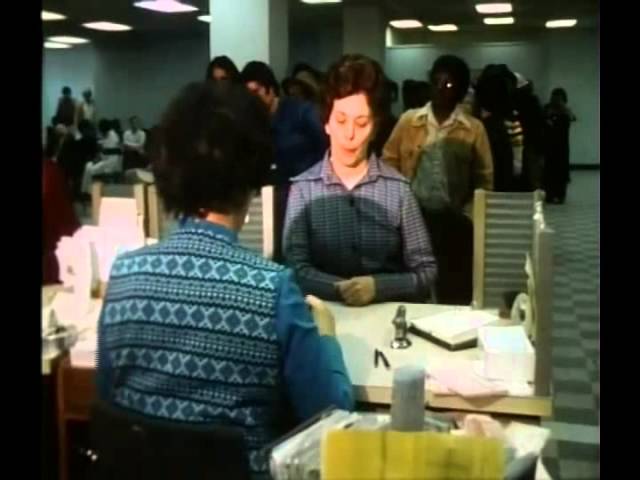
Forgotten History: Desegregation of Boston Public Schools
The desegregation of Boston public schools (1974–1988) was a period in which the Boston Public Schools were under court control to desegregate through a system of busing students. The call for desegregation and the first years of its implementation led to a series of racial protests and riots that brought national attention, particularly from 1974 to 1976. In response to the Massachusetts legislature’s enactment of the 1965 Racial Imbalance Act, which ordered the state’s public schools to desegregate, W. Arthur Garrity Jr. of the United States District Court for the District of Massachusetts laid out a plan for compulsory busing of students between predominantly white and black areas of the city. The hard control of the desegregation plan lasted for over a decade. It influenced Boston politics and contributed to demographic shifts of Boston’s school-age population, leading to a decline of public-school enrollment and white flight to the suburbs. Full control of the desegregation plan was transferred to the Boston School Committee in 1988; in 2013 the busing system was replaced by one with dramatically reduced busing.
THE HISTORY
The story of busing and desegregation in Boston begins much earlier than most people imagine. In 1847, a young black girl named Sarah Roberts sued the city of Boston for having to walk past five schools in order to attend an inferior black-only school in the Beacon Hill neighborhood of the city. The courts found against her in the landmark Roberts v. Boston case, but it turned the tide of public opinion sufficiently to have the state legislature outlaw school assignment by race in 1855. Massachusetts thus became one of the first states with legally mandated school integration, long before the 1954 Brown v. Board of Education decision.
 However, the schools of the City of Boston gradually resegregated during the mid 1930s through the early 1970s. The reasons for this are many, but center on the city itself becoming far more racially segregated by neighborhood due to redlining (racially biased mortgage lending), discriminatory homeowners insurance practices, and, most notably, the construction of public housing that was allocated by race in the post-World-War-II era. Community and judicial efforts to push the City of Boston to voluntarily desegregate its schools failed, and in 1974, a federal judge imposed court-ordered desegregation via busing between neighborhoods in the landmark Morgan v. Hennigan decision. The court-ordered busing was implemented during the 1974-1975 school year, and assigned many students to schools in neighborhoods far from where they lived in an effort to racially balance school assignment. There was a hostile backlash by many white residents of Boston, and many city residents of all races had questions about the busing method for implementing desegregation as well as the efficacy of desegregation. The topic remains an issue in Boston, where despite the 1974 decision and continuing efforts to integrate its schools, many schools remain racially imbalanced today.
However, the schools of the City of Boston gradually resegregated during the mid 1930s through the early 1970s. The reasons for this are many, but center on the city itself becoming far more racially segregated by neighborhood due to redlining (racially biased mortgage lending), discriminatory homeowners insurance practices, and, most notably, the construction of public housing that was allocated by race in the post-World-War-II era. Community and judicial efforts to push the City of Boston to voluntarily desegregate its schools failed, and in 1974, a federal judge imposed court-ordered desegregation via busing between neighborhoods in the landmark Morgan v. Hennigan decision. The court-ordered busing was implemented during the 1974-1975 school year, and assigned many students to schools in neighborhoods far from where they lived in an effort to racially balance school assignment. There was a hostile backlash by many white residents of Boston, and many city residents of all races had questions about the busing method for implementing desegregation as well as the efficacy of desegregation. The topic remains an issue in Boston, where despite the 1974 decision and continuing efforts to integrate its schools, many schools remain racially imbalanced today.
TIMELINE OF THE DESEGREGATION OF BOSTON PUBLIC SCHOOLS
Courtesy of Digital Public Library of America, PBS and Racial Equity Tools


